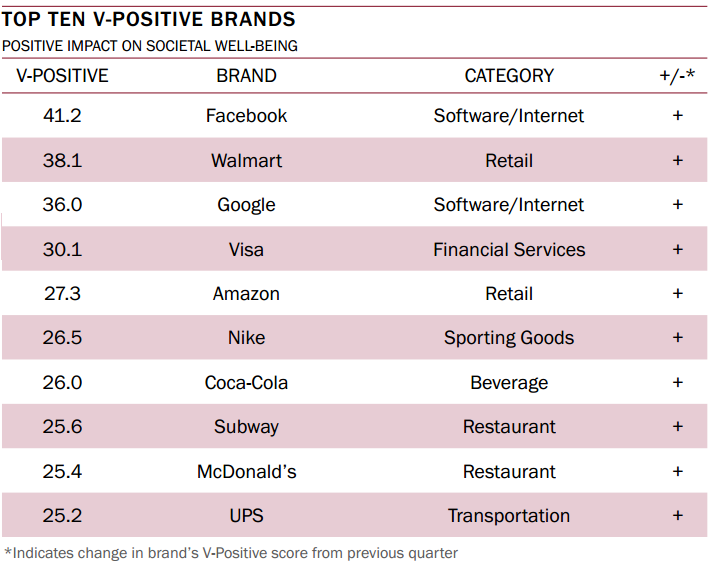Businesses spend millions of dollars introducing new products and services into the U.S. marketplace, but how open to persuasive promotional campaigns are consumers? According to a January 2013 report from Nielsen, 60 percent of global consumers with internet choose to purchase goods from familiar brands rather than new items from up-and-coming companies. This means marketers with established brands need content to cultivate continued loyalty, while emerging businesses need to build trust and awareness through lead generation efforts. Senior Vice President of Nielsen Innovation Analytics Rob Wengel notes that two out of every three new products will not be on the shelves within three years.
It’s easy to assume that new and innovative products grab consumers’ attention immediately – especially if they simplify a process or fulfill a need. However, a study from Positive Marketing at Fordham University evaluated brands on how they meet buyer needs in terms of Psychologist Abraham Maslow’s famous hierarchy of needs. This system explored human instinct and innate curiosity. Researchers look at how well the top 100 best-performing brands satisfy these needs across various dimensions. For example:
- Protection: How brands help buyers feel secure. How do companies make customers feel safe and protected?
- Social: How brands support interpersonal relationships. Do companies make their customers feel part of something special?
- Actualization: How brands help buyers reach their goals and full potential. Do organizations offer transparency on how their services give results?
 The study looked at the fourth quarter of 2012 and discovered that Facebook, Walmart, Google, Visa, Amazon, Nike, Coca-Cola, Subway, McDonald’s and UPS ranked highest across the board in that order. Assistant Professor of Marketing at Fordham Luke Kachersky acknowledges that brands’ sizes impact this study because societal effects increase the number of consumers benefiting from products and services. He also talks about how one brand can fulfill several needs effortlessly. For example, “At Walmart, a person can stock up on Campbell’s soup (basic needs) while picking up the latest Xbox video games (experimental needs) and anything else in between,” he said. In spite of these elements of the research, the study still sheds light on the need for all marketing efforts to address audiences’ ongoing needs.
The study looked at the fourth quarter of 2012 and discovered that Facebook, Walmart, Google, Visa, Amazon, Nike, Coca-Cola, Subway, McDonald’s and UPS ranked highest across the board in that order. Assistant Professor of Marketing at Fordham Luke Kachersky acknowledges that brands’ sizes impact this study because societal effects increase the number of consumers benefiting from products and services. He also talks about how one brand can fulfill several needs effortlessly. For example, “At Walmart, a person can stock up on Campbell’s soup (basic needs) while picking up the latest Xbox video games (experimental needs) and anything else in between,” he said. In spite of these elements of the research, the study still sheds light on the need for all marketing efforts to address audiences’ ongoing needs.
Nielsen discovered that 67 percent of global respondents turn to internet search when considering purchases with unfamiliar sources. Consumers increasingly refer to web content to guide their purchasing decisions, and sometimes use search engines to interact with trusted brands. For companies looking to grow into global enterprises, understanding how products influence feelings of protection, social involvement and actualization can help create smarter SEO and content marketing campaigns. More, consistent branded media increases the likelihood consumers will invest in companies long term. Beyond creating a product that instantly and inherently satisfies human needs as outlined by Maslow, engaging blog web content can convey the emotional benefits of their brands.




